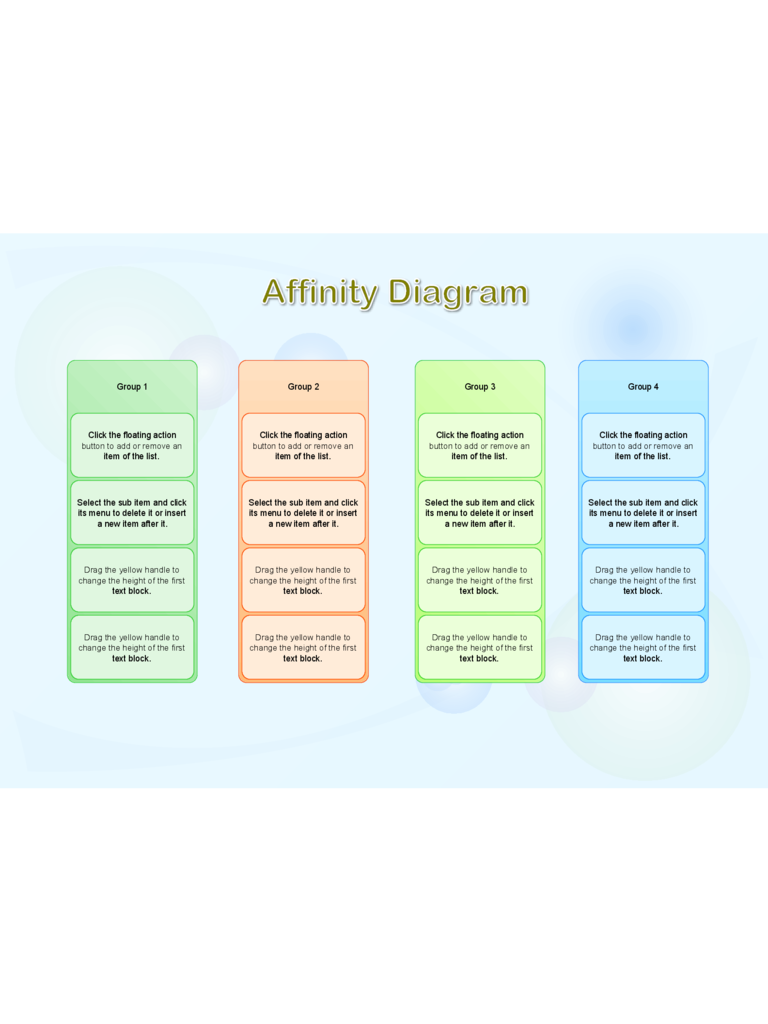
We feel Dillon working out his ideas on the page, looking outward to other artists and texts for reference, but often quite inward, too, mining his own psyche as a way to reason with his inclinations. While Maggie Nelson equates “affinity” with “appreciation”-which Dillon extrapolates from a passage in Bluets (2009) in one of the early essays in Affinities-he finds the former descriptor “both more intimate and more tentative ore ambiguous too.” We get the feeling that he knows more about what affinity is not than what it is, and he explores this uncertainty through doubt and digression, as if he’s searching for a word on the tip of his tongue. By its end, Dillon doesn’t land on a conclusive definition of the word. Similar to the word itself, Affinities is not a particularly determinative book. The reason we are drawn to particular artworks or artists, he explains, is often much more ethereal and difficult to cipher. These are just some of Vera’s many photographs in Dillon’s possession: the ones, we assume, that incite within him an affection or affinity.Īn obvious connection to an artistic phenomenon is not necessary to have an affinity for it, Dillon argues in Affinities, which probes the meaning of the word “affinity” through essays about art and life. We see a corner of a house, a wooden desk covered in books and trinkets, some tall trees, some taller hedges. In this case, Vera took the photos during one of her fury-induced surveys of her property. Vera is Dillon’s aunt on his father’s side, and the essay opens, as many in this book do, with a few photos the piece will examine.

This is the story Brian Dillon tells in one of the final essays of his newest book, Affinities: On Art and Fascination (2023). Her conviction stemmed from something more visceral than truth: an inherited anxiety about, among other unexplainable things, personal borders and boundaries, which manifested itself in an acute litigiousness for the physical space.

The betrayal, of course, was only imagined. Like a discerning detective, Vera, the daughter of a policeman, spent an inordinate amount of time photographing her Dublin home and garden, capturing and calcifying for posterity what she was sure was evidence of her neighbors’ betrayal. She would send her brother out to the yard at night with a flashlight to inspect damage to her plants call and write letters to family members to complain about unneighborly mischief and deride police officers, priests, bus drivers, or anyone else in her way when they failed to support her mission to catch her neighbors in a transgression.

VERA WAS “an impossible person.” She couldn’t shake the idea that something or someone, but particularly her neighbors on either side of her house, were out to get her.


 0 kommentar(er)
0 kommentar(er)
